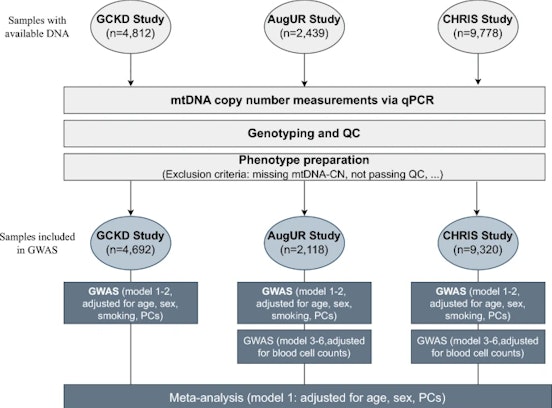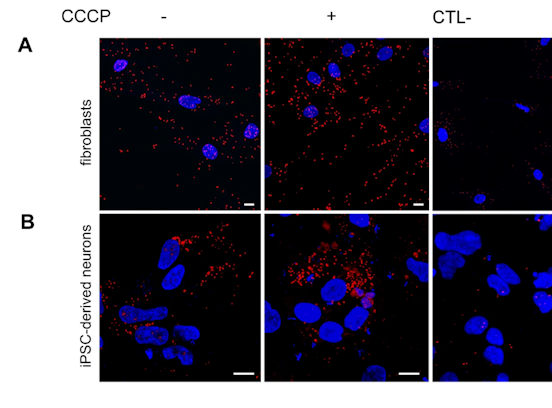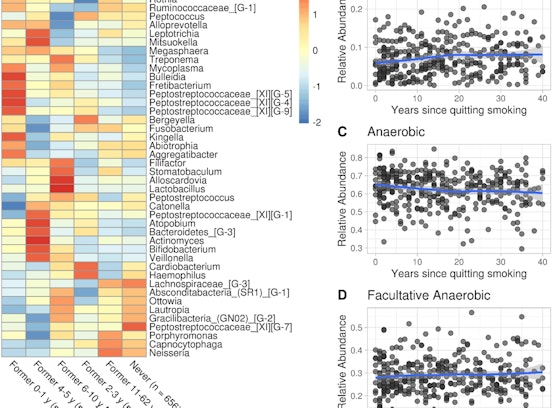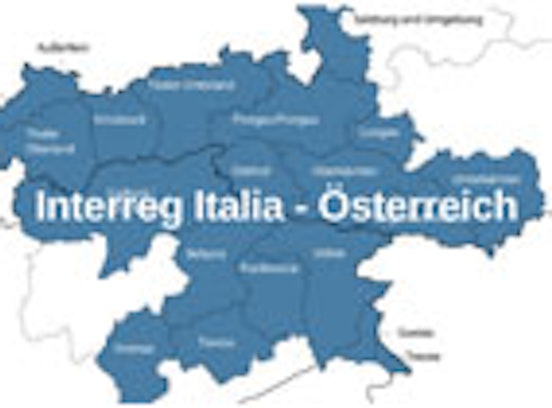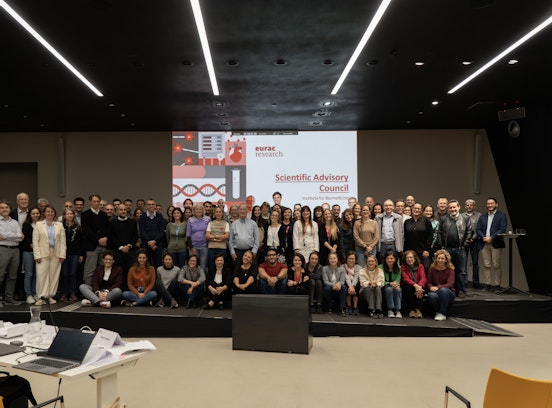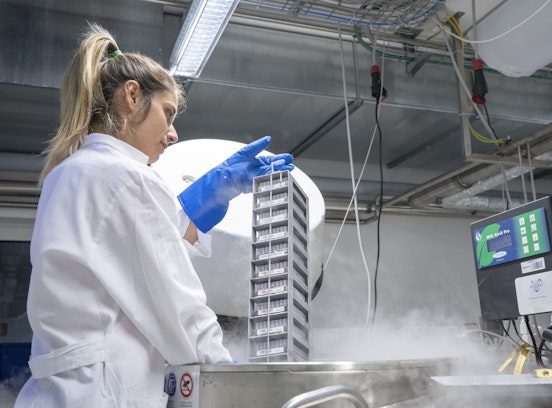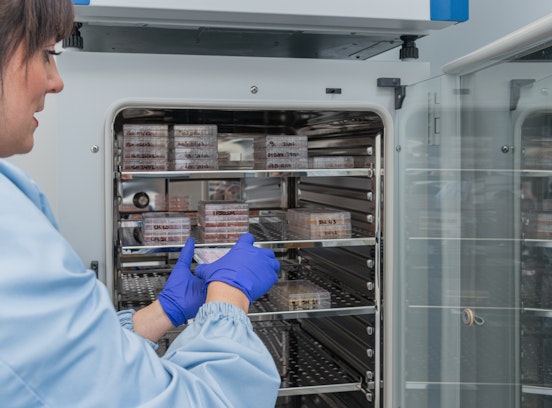Institute for Biomedicine - News & Events - World Parkinson’s day 2022
World Parkinson’s day 2022
In time for World Parkinson’s day 2022, we present our first data utilizing a newly created C. elegans model to help prioritise a subset of PD GWAS genes worthy of further functional investigation.
- English
This is the first systematic large-scale screening of ~100 risk genes for PD identified in recent years.
We generated a new C. elegans PD model that exhibits a readout for developed alpha-Synuclein inclusions in dopaminergic neurons, and follows their degeneration during aging. We then used these animals for functional screen of evolutionarily conserved risk genes for PD identified from the most recent GWAS data.
We performed a reverse genetic screen of ~100 Parkinson's disease (PD) risk genes that revealed new modulators of alpha-Synuclein neurotoxicity, a pathological hallmark of PD in humans.
Genome wide association studies over the years have revealed tens of risk signals linked to the idiopathic PD cases, however large majority of the genes located around these signals have not yet been functionally validated.
We recently published a study and we found 28 novel modulators of alpha-Synuclein-induced neuronal pathogenesis in this model, which should be further investigated functionally as potential new therapeutic targets for synucleinopathies, aging-related neurodegenerative diseases that include Parkinson’s disease.
Preprint summary is available in the Frontiers journal at this link: https://www.frontiersin.org/articles/10.3389/fnagi.2022.806000/abstract
What’s next?
- Validating the role of these genes in vertebrate animal model systems and human cell models for PD.
- Deep investigation of the mechanisms modulating neuronal pathogenesis in C. elegans models.
In the image you can see the microscopic nematode C. elegans with visualized dopaminergic neurons undergoing neurodegeneration. This new animal model help us to investigate the pathogenetic role of risk genes for Parkinson's disease, and other neurodegenerative diseases associated with aging at the level of the whole living organism.
The project was funded by the European Union's Horizon 2020 research and innovation programme under grant agreement No 844497, and by the Department of Educational Assistance, University and Research of the Autonomous Province of Bolzano, Italy.
